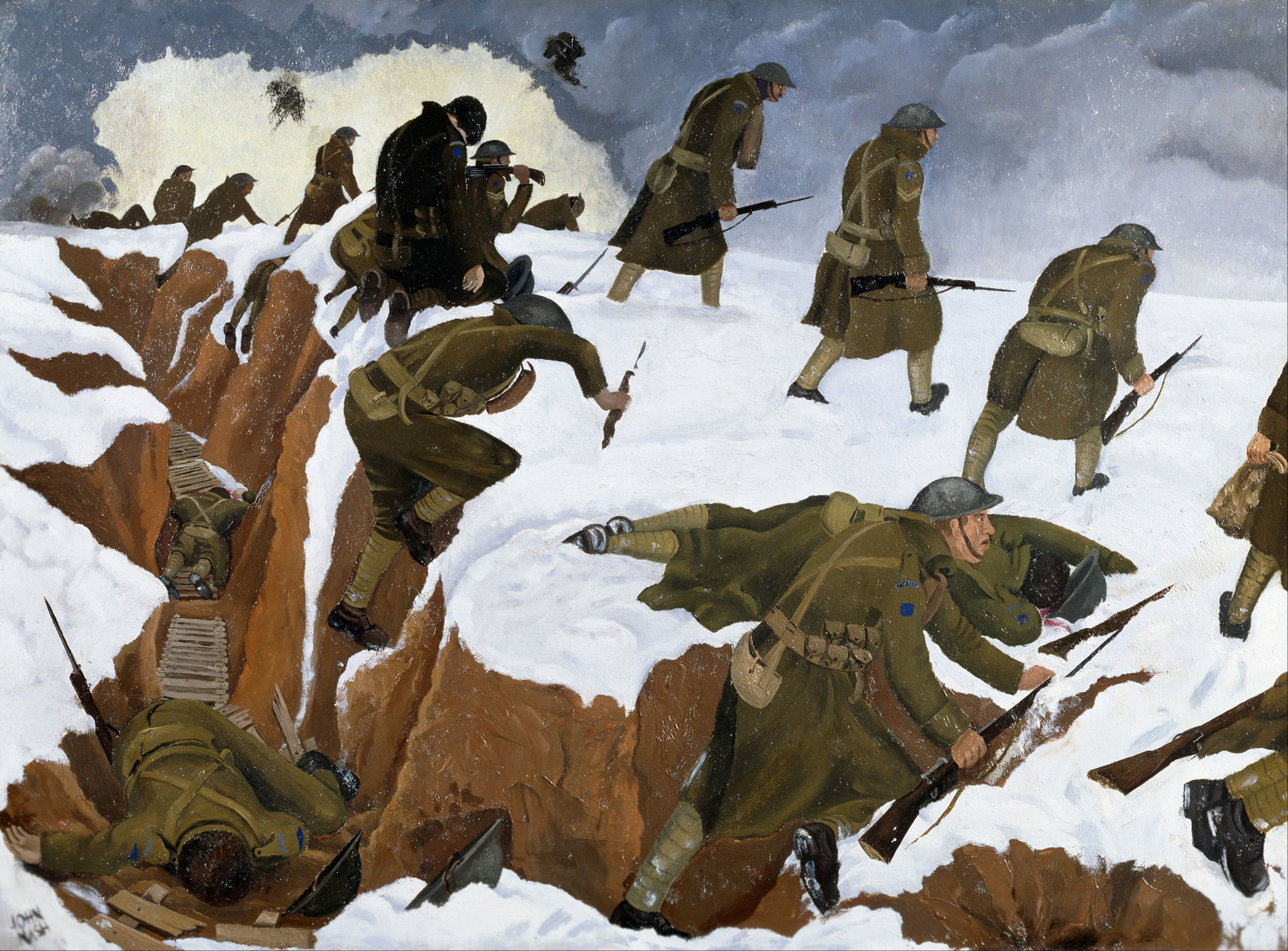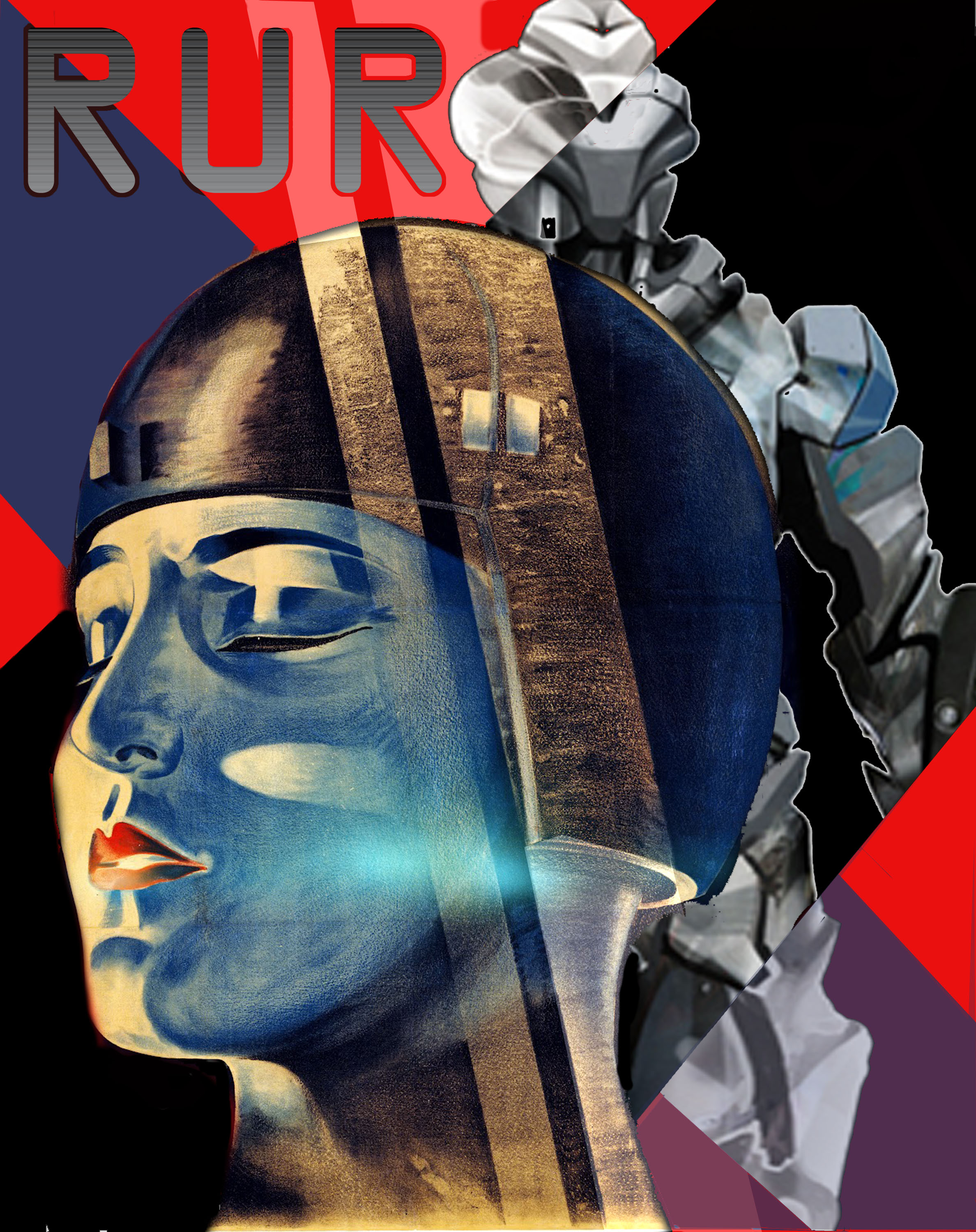Most of the early developers of typewriters had their keyboards arranged in strictly alphabetical order.
Christopher Latham Sholes, the US inventor responsible for the first production typewriter in 1873, found that the alphabetical arrangement of keys led to jamming when the typewriter bars of fast typists were on the upstrike. Sholes consulted his brother, a teacher, who developed the idea that the bars of letters used frequently in combination should come from opposite directions.
The brothers Sholes created the ‘QWERTY’ keyboard we have today. The real purpose of this configuration was to avoid key jamming. At the time Sholes introduced the QWERTY keyboard even the most competent typists used 2 fingers – it was thought impossible to touch-type, even though the letters were arranged in alphabetical order!
Sholes, aware of consumer resistance towards new configurations of previously standardised products, sold his customers on the ‘scientific arrangement’ of his new keyboard. He claimed that the QWERTY required the least possible movements of the hands when typing. The exact opposite was true.
Sholes QWERTY arrangement necessitates a finger trek of great movement around the keyboard to form the most basic English words. Yet Sholes misleading advertising is still believed by most typists.
With the advent of sophisticated typewriters, word processors and computers that work without traditional bars, the need for the QWERTY configuration is gone. Many theorists have proposed more efficient letter arrangements, and the Dvorak keyboard has gained rabid adherents, but the question remains whether a century of QWERTY keyboard use can be overcome by such a mild force as logic.
When we get a minor headache, we pop two aspirin and, voila, the pain diminishes within a matter of minutes. How did those little pills find exactly what ailed us instead of, say, our little right toe or our left hip?
We assume that the aspirin dissolved, entered our bloodstream and quickly found its way to our brain. The chemicals then persuaded the brain to block out any feelings of pain in the body. Right? …Wrong!
Willow bark, which provided the salicylic acid from which aspirin was originally synthesised, had been used as a pain remedy ever since the Greeks discovered its therapeutic power nearly 2500 years ago. However researchers had little idea how aspirin alleviated pain until the 1970s. The basic dilemma:
Aspirin was a hard problem … It relieves pain but, mysteriously is not an anaesthetic … And soothes inflamed joints but leaves normal joints touched. How does aspirin ‘know’ … whether pain is already present, or which joints are inflamed? Researchers didn’t have a clue. They didn’t even know whether aspirin acts peripherally, at the site of an injury or centrally, blocking the ability of the brain and central nervous system to feel pain.
A researcher called John Vane discovered that aspirin inhibited the synthesis of prostaglandins, fatty acids manufactured by virtually every cell in the human body. Prostaglandins tend to stay near their point of manufacture. They serve many biological functions, but the particular ones that cause headache pain, usually known as PGE 2, increase the sensitivity of pain receptors. So prostaglandins seem to serve as an internal warning system by producing discomfort, inflammation, fever and irritation in areas of the body that are not functioning normally. Prostaglandins dilate blood vessels, which can also produce headaches.
The discovery of the role of prostaglandins in producing pain explains why aspirin works only on malfunctioning cells and tissues; if aspirin can stop the production of prostaglandins, pain will not be felt in the first place. Still, aspirin doesn’t cure diseases; it can alleviate the symptoms of arthritis, for example, but it doesn’t stop the progress of the condition.
In all fairness, scientists still don’t know exactly what causes headaches or all the ways in which aspirin works to relieve pain. Unlike morphine and other mind-altering drugs, aspirin works peripherally. The key to the success of any peripheral painkiller is in reaching the pain receptors near the irritation or inflammation, not simply in reaching sufficient concentrations in the bloodstream.
We know that the Earth’s core is hot, but not how hot. Actually, even geologists don’t know exactly what the temperature is, either, but they know it is almost as hot as the sun … and that’s hot!
The core is continually heated by the decay of radioactive elements. Scientists believe that the original heat from the formation of the Earth is still being played out in these transformations. The sun is likely to expand and burn us before the core of our planet cools off.
Most geologists agree on an estimate that the temperature at the core is 5000C.
The amount of heat that reaches the Earth’s surface is not enough to affect it drastically, and what heat there is quickly radiates to outer space. In addition the heat loss is not constant everywhere. Just as the geothermal gradient varies from place to place, so does the heat flow, which is greatest near young volcanoes and active hot springs, and least where the crust is oldest and least active.
Of course, the Earth’s crust helps insulate the core from losing more heat. These cracks in the crust, like volcanoes and springs, are the few venues that allow us to glimpse the heat trapped in the sizzling core below.
The Earth is thought to have formed from the collision of many rocky asteroids, perhaps hundreds of kilometres in diameter, in the early solar system. As the proto-Earth gradually bulked up, continuing asteroid collisions and gravitational collapse kept the planet molten. Heavier elements – in particular iron – would have sunk to the core in 10 to 100 million years’ time, carrying with it other elements that bind to iron.
Gradually, however, the Earth would have cooled off and become a dead rocky globe with a cold iron ball at the core if not for the continued release of heat by the decay of radioactive elements like potassium-40. uranium-238 and thorium-232, which have half-lives of 1.25 billion, 4 billion, and 14 billion years, respectively. About one in every thousand potassium atoms is radioactive.
Dimples provide greater aerodynamic lift and consistency of flight than a smooth ball. The dimple pattern, regardless of where the ball is hit, provides a consistent rotation of the ball after it is struck.
Dimpled golf balls travel farther as well as straighter than smooth balls … so those cute dimples will stay in place until somebody finds something better.
The first numbering system was probably developed by the Egyptians. Ancient Sumeria, Babylonia and India used numerals in business transactions. All of the earliest number systems used some variation of 1 to denote one, probably because the numeral resembled a single finger. Historians suggest that our Arabic 2 and 3 are corruptions of two and three slash marks written hurriedly.
Arabic numbers were actually developed in India, long before the invention of the printing press (probably in the tenth century), but were subsequently translated into Arabic. European merchants who brought back treatises to their continent mistakenly assumed that Arabs had invented the system and proceeded to translate the texts from Arabic.





